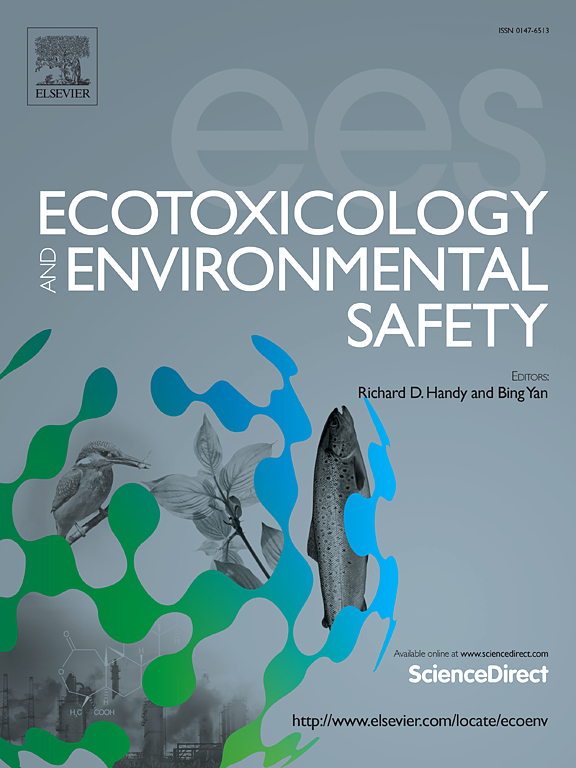Feasibility of Raman and FTIR spectroscopy for direct microplastic search in the human milk samples: Comparative qualitative study
IF 6.2
2区 环境科学与生态学
Q1 ENVIRONMENTAL SCIENCES
引用次数: 0
Abstract
The ubiquitous presence of microplastic particles encompasses the human tissues and secreta. Unfortunately, the complex biological matrix hampers the proper polymer identification, and harsh purification protocols damage the microplastic particles (MPs), change the specimens frequently used and needed for additional diagnostics, and bias the final result. Moreover, purification of human milk samples is sometimes impossible, as the samples can not be subjected to any chemical pretreatment. Thus, this paper aims to check the feasibility of complementary spectral approaches, namely FTIR (Fourier-transform infrared) and Raman spectroscopy, to the fast scanning of selected MPs presence, in particular polyethylene (PE), and polystyrene (PS), in human milk samples without any previous purification to prevent the change of matrix. Although the proposed approach cannot be used for the quantitative measurement of MPs concentration or the detection of low-size fractions, it is a valuable tool for the preliminary screening of numerous population samples, and some preliminary conclusions can be drawn. One may easily detect the most common MPs and observe their eco-corona. Mapping mode is beneficial for scanning large areas. Furthermore, the spectral methods turned out to be efficient in the milk itself diagnosis, for instance, the monitoring of the fat content. The results were placed in the context of the ongoing broad discussion about MPs interaction with the human body and several possible impact mechanisms.
拉曼光谱和FTIR光谱在人乳样品中直接搜索微塑料的可行性:比较定性研究
微塑料颗粒在人体组织和分泌物中无处不在。遗憾的是,复杂的生物基质阻碍了对聚合物的正确识别,苛刻的纯化方案会损坏微塑料颗粒(MPs),改变经常使用的标本和其他诊断所需的标本,并使最终结果产生偏差。此外,有时无法对母乳样本进行纯化,因为样本无法进行任何化学预处理。因此,本文旨在检验傅立叶变换红外光谱(FTIR)和拉曼光谱这两种互补光谱方法的可行性,以快速扫描母乳样本中存在的特定 MPs,特别是聚乙烯(PE)和聚苯乙烯(PS),而无需事先纯化以防止基质发生变化。虽然所提出的方法不能用于 MPs 浓度的定量测量或低粒度馏分的检测,但它是对大量人群样本进行初步筛选的重要工具,并可得出一些初步结论。我们可以很容易地检测到最常见的 MPs 并观察其生态电晕。绘图模式有利于扫描大面积区域。此外,光谱方法在牛奶本身的诊断中也很有效,例如监测脂肪含量。目前正在就多孔介质与人体的相互作用以及几种可能的影响机制进行广泛讨论。
本文章由计算机程序翻译,如有差异,请以英文原文为准。
求助全文
约1分钟内获得全文
求助全文
来源期刊
CiteScore
12.10
自引率
5.90%
发文量
1234
审稿时长
88 days
期刊介绍:
Ecotoxicology and Environmental Safety is a multi-disciplinary journal that focuses on understanding the exposure and effects of environmental contamination on organisms including human health. The scope of the journal covers three main themes. The topics within these themes, indicated below, include (but are not limited to) the following: Ecotoxicology、Environmental Chemistry、Environmental Safety etc.

 求助内容:
求助内容: 应助结果提醒方式:
应助结果提醒方式:


